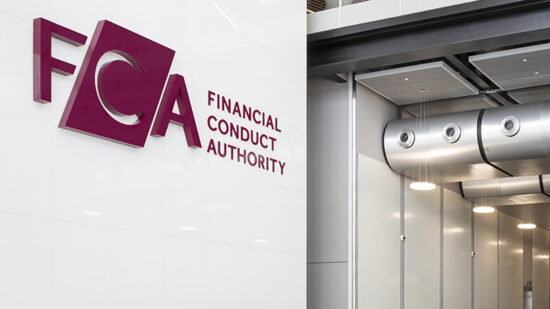Enterprise Investment Schemes allow advisers to offer clients access to potentially fast-growing small companies, while sheltering money from the tax-man.
Knowledge Intensive (KI) EIS take this a step further by specifically targeting companies focused primarily on research and development, with the aim of creating innovative new products or services.
To qualify, 80% of the portfolio needs to be in businesses that do this kind of work. Given this, the firms concerned are often involved in technology and healthcare.
Francesca Rayneau, director at EIS specialist Calculus, has identified three key things advisers should be aware of regarding KI EIS.
Firstly KI EIS make tax planning easier: “The investment date for income tax relief purposes is the date the fund closes,” she said. “This means investors know they can receive all their income tax relief in the tax year the investment is made, or under current EIS regulation, can carry back to the previous tax year.
See also: Why investors need to look beyond the election noise
“It is also a lot simpler as investors receive a single EIS5 certificate, instead of individual EIS3 certificates. However, it is important to note that this EIS5 certificate is not issued upfront. The fund manager still must deploy the capital raised and only when the fund is 90% deployed, can it apply for the EIS5 certificates to be issued by HMRC.”
Second, according to Rayneau, is the high growth potential. “KI EIS funds invest in small early-stage businesses with high growth potential, particularly in sectors like technology and healthcare,” she said. “These investments offer the chance to be part of exciting growth stories, with the potential for significant financial returns. However, they are not suitable for every investor, as they require more advanced knowledge and risk appetite.
“The key is to match up risk appetite and interest with the manager’s investment strategy and sector specialism. Track record is, of course, key. Exits are the holy grail – the way a manager can prove their investment strategy is to show they have successfully grown and sold a company.”
See also: Scottish Mortgage’s Ben James: Three headwinds turning into tailwinds for our portfolio
The third thing is the support KI EIS offer innovative UK companies, and the implications of this. “In the recent spring budget, the Chancellor continued to show his passion and understanding of UK start-ups and their role in rejuvenating the UK economy,” Rayneau said.
“This sentiment was further reinforced by the introduction of the new British ISA, carrying all the same tax benefits as the existing ISA system, and encouraging more people to invest in UK assets. The November Autumn Statement saw the Chancellor extend a sunset clause for EISs to 2035.
“Initially set to expire in April 2025, this extension alleviates the uncertainty that has surrounding EISs. This announcement not only secures the future of the schemes but also reinforces their role as a vital component in the funding ecosystem for UK start-ups.”
See also: Private investors and wealth managers becoming keener on investment trusts again








